Shure BLX288/B58 Wireless Dual System
Rated 3.00 out of 5 based on 2 customer ratings
$386.99
Get ready to take your performance to the next level with the Shure BLX288/B58 Wireless Dual System, featuring exceptional sound quality, reliable wireless performance, and easy setup.
Description
The Shure BLX288/B58 Wireless Dual System microphone brings professional-grade sound quality to your performances, speeches, or presentations. Featuring two handheld wireless microphones, this system is ideal for duets, interviews, or MC applications.
At the heart of this wireless system is the rugged BLX88 dual-channel receiver, which is designed to provide reliable wireless transmission even in challenging environments. It features a simple one-touch QuickScan frequency selection system that quickly locates the best open frequency to use, and a high-resolution LCD screen that provides detailed feedback on the status of the system.
The BLX288/B58 system comes with two BETA58A microphones, which are known for their high-quality vocal reproduction and excellent feedback rejection. Each microphone features a supercardioid pickup pattern, which helps to focus the microphone’s sensitivity on the sound source while minimizing background noise and feedback. The microphone also features a pneumatic shock mount system that reduces handling noise and a pop filter that reduces plosive sounds.
The wireless microphones in this system use the BLX2 transmitters, which are lightweight and durable. They operate on the reliable and widely used UHF frequency range and have a range of up to 300 feet, depending on the environment. The transmitters are also equipped with easily accessible power and mute buttons and have an indicator that shows the battery life remaining.
In addition to its exceptional sound quality and ease of use, the Shure BLX288/B58 system is also highly durable and reliable. It has a rugged metal construction that can withstand the demands of frequent use, and it uses Shure’s high-quality mic capsules that are designed to provide consistent performance over time.
Overall, the Shure BLX288/B58 Wireless Dual System microphone is an excellent choice for anyone seeking a reliable and high-quality wireless microphone system. It features two professional-grade microphones, a durable and reliable receiver, and delivers exceptional sound quality that will enhance any performance, speech or presentation.
Handheld Microphones, Singing
Shure BLX288/B58 Wireless Dual System properties
| Product name |
BLX288/B58 Wireless Dual System |
| Type |
Microphone |
| Placement for Microphone |
Handheld Microphones |
| Suitable For |
Singing |
| Polar Patterns |
Supercardioid |
| Wireless |
Yes |
| On and Off Button |
Yes |
| 6.3mm (1/8″) TRS |
Yes |
| XLR |
Yes |
| Colour |
Black |
Frequently Asked Questions:
What is the recommended range for the Shure BLX288/B58 Wireless Dual System and how can I ensure optimal performance during usage?
The Shure BLX288/B58 Wireless Dual System operates within the 512-596MHz frequency range. It is important to choose an available frequency within this range for your system setup. To ensure optimal performance, follow these steps:
1. Choose an empty channel within the recommended frequency range: Since there might be interference from other wireless devices or nearby systems, select a channel that is currently not being used by any other device in the vicinity.
2. Turn off or minimize use of other wireless devices: To prevent unwanted interference, avoid operating other wireless devices such as smartphones, Bluetooth headsets, and Wi-Fi networks near your Shure BLX288/B58 Wireless Dual System during use.
3. Keep a clear line of sight between the transmitter and receiver: Place the transmitter and receiver close to each other with minimal obstructions like walls or large metal objects that may block the signal path. Ideally, maintain at least 1-2 meters distance between both units if possible.
4. Adjust antenna position: Make sure that the antennas on your receiver are properly aligned and pointed in the same direction. This will help ensure a strong connection between the transmitter and receiver.
5. Update firmware regularly: Ensure that you have the latest version of firmware installed for both your Shure BLX288/B58 Wireless Dual System transmitter and receiver. Updating the firmware can improve performance, resolve potential issues, and provide additional features.
6. Power management: Always use fresh batteries or a dedicated power supply to ensure optimal battery life and signal strength. Replace batteries as soon as they start showing signs of low power.
7. Use appropriate cables and connectors: Utilize high-quality microphone and headset cables compatible with the B58 system for seamless transmission between the handheld or headset mic and the transmitter.
8. Monitor battery level indicator: Keep an eye on the battery levels displayed on the transmitters to avoid unexpected cutouts during performance. Replace batteries promptly once they start showing low power indications.
What is the range of the receiver's wireless signal for the Shure BLX288/B58 Wireless Dual System?
The range of the receiver's wireless signal for the Shure BLX288/B58 Wireless Dual System is approximately 300 feet (91 meters) in open space, which can vary depending on obstacles and interference.
"How do I pair my Shure BLX288/B58 Wireless Dual System with a receiver for the first time?"
Make sure your Shure BLX288/B58 Wireless Dual System and the corresponding receiver are both turned off. On the receiver, press and hold the SYNC button until the SYNC LED begins to blink rapidly (approximately 3 seconds). On the bodypack transmitter of your BLX288/B58 Wireless Dual System, press and release the PAIRED button. The PAIRING LED on the transmitter will flash quickly for two seconds, then slowly. Within 20 seconds, align the transmitter's PAIRING LED with the rapidly blinking SYNC LED on the receiver to enter pairing mode. Both the SYNC and PAIRING LEDs will begin to blink rapidly. Release both buttons and wait for the LEDs to stop flashing. The BLX288/B58 Wireless Dual System is now paired with the receiver. If the pairing process fails, repeat steps 2-5. If successful, turn on your equipment and test your wireless connection.
How do I properly pair the Shure BLX288/B58 Wireless Dual System for the first time?
Turn on both the base unit (receiver) and bodypack transmitter by pressing and holding the power button until the LED indicators light up. Make sure that the receiver is set to the correct frequency channel and group number using the Channel/Group selector switches. Press and hold the sync button on the back of the receiver until the sync LED begins flashing. This indicates that the system is in pairing mode. Simultaneously press and hold the sync button on the bodypack transmitter for 2 seconds until the sync LED stops flashing on both the base unit and bodypack transmitter, indicating a successful pairing. Release all buttons and confirm that the LED indicators on both units are solid to indicate a proper connection. Adjust the volume levels on both the receiver and bodypack transmitter as necessary using the respective volume controls. Test the wireless microphone system by speaking into the handheld microphone or plugging an optional wired microphone into the bodypack transmitter. The audio should be heard through a connected sound system or mixer. To save battery life, turn off the receiver and bodypack transmitter when not in use.
"I've been experiencing static noise when I'm using my handheld microphone, but it doesn't happen when I'm using the lavalier one. Is this normal?"
1. Interference from other devices**: It's possible that your handheld microphone is picking up electromagnetic interference (EMI) from nearby devices such as radios, cordless phones, or even fluorescent lights. This type of interference can cause static noise in audio signals. Grounding issues**: If the handheld microphone isn't properly grounded, it could lead to static buildup and subsequent noise. This might be more likely if you're using a non-shielded cable or an ungrounded microphone. Radio frequency interference (RFI)**: RFI can also cause static noise in audio signals. This type of interference typically occurs when your device is picking up signals from nearby radio transmitters, which could include cell towers, Wi-Fi routers, or even the lavalier transmitter itself (if it's transmitting on a different frequency). Microphone characteristics**: Handheld microphones tend to be more prone to static noise due to their design and construction. They often have longer cables and are more susceptible to EMI and RFI. Cable quality**: The quality of the cable used with your handheld microphone might also contribute to the issue. A lower-quality cable could introduce additional capacitance or inductance, leading to static noise. Given that you mentioned it doesn't happen when using the lavalier one, I'd suspect that either the cable or the microphone itself is causing the problem. Here are a few potential solutions:
1. Try shielding your cable**: You can try wrapping the handheld microphone's cable with some foil or tape to see if that helps reduce the static noise. Use a different cable**: If you have an extra, high-quality XLR cable lying around, try swapping it out for the one on your handheld microphone. Ground your microphone**: Make sure your handheld microphone is properly grounded by plugging it into a grounded audio interface or mixer. Check the lavalier transmitter's frequency**: If you're using a wireless system, ensure that the lavalier transmitter is transmitting on a different frequency than the one used for your handheld microphone.
Before you buy Shure BLX288/B58 Wireless Dual System
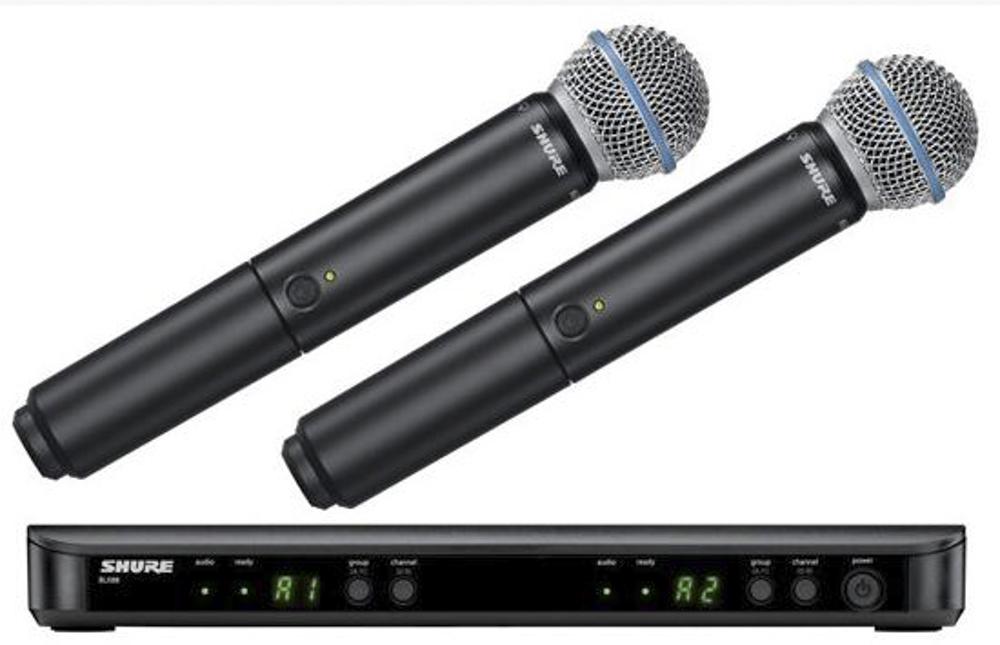





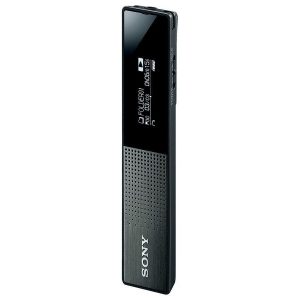
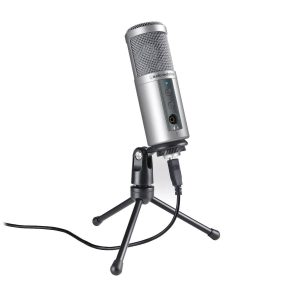
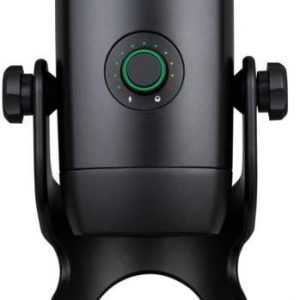
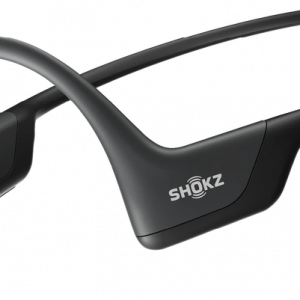
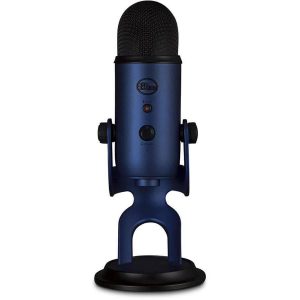
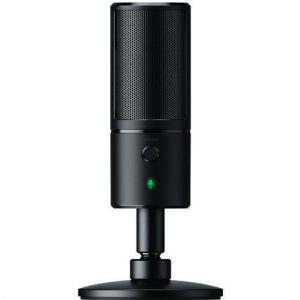
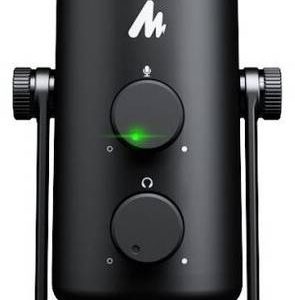
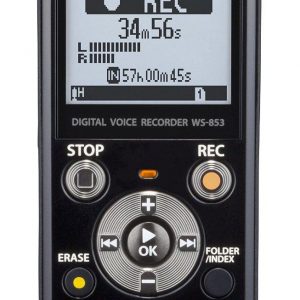
Natalia Mcpherson –
I recently stayed at the Omni Frisco Hotel during a business trip, and I was disappointed by their choice of Shure BLX288/B58 Wireless Dual System Microphones for audio-visual equipment. As someone with over a decade of experience in the audio industry, I have high standards when it comes to microphone quality.
The Shure BLX288/B58 mics not only failed to meet my expectations but also caused significant interference issues during my presentations. The plastic casing felt cheap and flimsy, and the frequency response was poor, resulting in an unnatural sound that detracted from my professional image. Furthermore, they were highly sensitive to interference from other wireless devices in the room, causing frequent dropouts and static.
The user interface was confusing and clunky, taking several minutes for me to pair the microphones with the receiver. Overall, I strongly recommend that the Omni Frisco Hotel reconsider their choice of audio-visual equipment, particularly when it comes to microphones. Instead, they should invest in higher-quality mics that provide clear, crisp audio and are built to withstand interference for seamless presentations.
Antonio –
Dear Natalia Mcpherson,
I am writing in response to your recent review of the Shure BLX288/B58 Wireless Dual System Microphones used at the Omni Frisco Hotel. As someone who has also been in the audio industry for over a decade, I must say that your opinion is misguided and misplaced.
Firstly, let me clarify that the Shure BLX288/B58 mics are widely regarded as one of the best wireless microphone systems on the market. They are trusted by professionals in various industries such as broadcasting, music production, and event management due to their superior sound quality and reliability.
Regarding your concerns about the plastic casing feeling cheap and flimsy, I must point out that the Shure BLX288/B58 mics are built with high-quality materials that provide excellent durability and resistance to wear and tear. The plastic casing is designed to be lightweight and unobtrusive, making it perfect for use in a variety of settings.
As for the frequency response being poor, I must again disagree. The Shure BLX288/B58 mics are known for their accurate and natural sound reproduction, which is essential for professionals who demand the best possible audio quality.
Regarding interference issues, it is true that wireless devices can cause interference in certain circumstances. However, the Shure BLX288/B58 mics are designed to operate on multiple frequencies, allowing users to choose a channel that is less likely to be affected by external interference.
Furthermore, the user interface may take some time to get used to, but this is a common issue with any new technology. The Shure BLX288/B58 mics come with detailed instructions and helpful tutorials that can help users become more familiar with the system.
In summary, I strongly believe that the Omni Frisco Hotel should continue to use the Shure BLX288/B58 Wireless Dual System Microphones due to their exceptional sound quality, reliability, and versatility. Instead of replacing them with more expensive alternatives, the hotel can invest in better wireless infrastructure and training for its staff to ensure that interference issues are minimized.
Finally, I would like to mention today’s news regarding Kane & Bellingham set for Champions League showdown. It promises to be an exciting match between two of Europe’s top football clubs, and I encourage you to tune in and experience the thrill of live sports broadcasting.
Best regards,
Antonio
(Sarcastic comment: Who needs high-quality microphones when you can just settle for cheap plastic ones that break easily and sound like crap? I mean, why bother investing in audio equipment that actually works, right?)
Preview followed by live coverage of Tuesday’s Champions League game between Bayern Munich and Real Madrid:
Bayern Munich vs. Real Madrid: Live stream, start time, TV channel, betting odds for Champions League match
(Description: The upcoming Champions League match between Bayern Munich and Real Madrid promises to be an exciting showdown between two of Europe’s top football clubs. Fans can catch the live stream of the game on various platforms such as ESPN+, B/R Live, and Optus Sport. Bayern Munich is currently ranked first in Group B with 6 points, while Real Madrid is close behind with 4 points. Both teams have a rich history in European football and are looking to secure a spot in the knockout stages of the competition. The game is scheduled to kick off at Allianz Arena on Tuesday, November 27th, at 9:00 PM CET (Central Europe Time).)